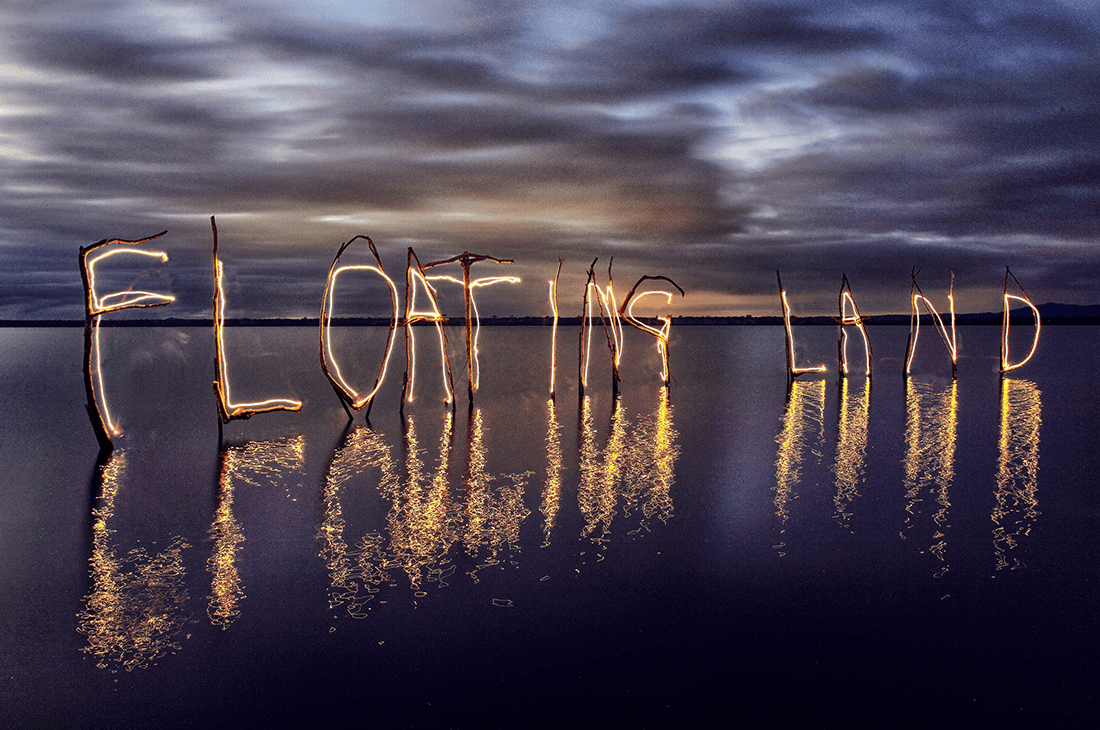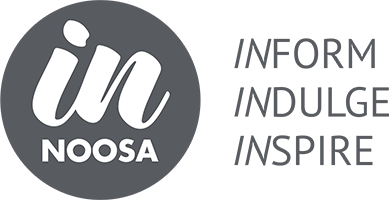
Welcome to Kabi Kabi Country: Wunya Ngulum!
Carolyn Tucker reveals the link behind some of Noosa’s place names and the region’s rich indigenous culture.
Australia is home to the oldest living culture on earth, with the traditional owners of this land dating back at least 50,000 years.
While every corner of the country has its own unique stories and experiences, this culture is bound together by a strong connection to the natural environment, landscapes and past and future generations.
Noosa is home to the Kabi Kabi or Gubbi Gubbi people, whose land stretches roughly 100 kilometres to the south and 150 kilometres north of local government area.
Our region has a rich Indigenous heritage, with numerous sites steeped in cultural significance and fascinating legends that tell the story of Noosa’s evolution.
The traditional owners had an excellent knowledge of the land and resources, and for many thousands of years they hunted the ranges, fished the rivers and gathered seafood from the ocean. The burning of the countryside at appropriate times was a regular practice.
The Kabi Kabi people were one of the two host tribes for the great Bunya Nut Festival, which attracted many indigenous groups from distant areas and was an important social gathering.
While the tree is now referred to as Bunya Tree, it is known as Bunyi/Bonyi In the local Kabi Kabi language. Many Indigenous names are still used to describe parts of
our region’s geography and landscape. Cooran, for example, is the word for tall trees, and every year, the Tall Tree Art Exhibition (see page 140) takes place
in the hinterland village of the same name.
Our region has a rich Indigenous heritage, with numerous sites steeped in cultural significance…
The name of another Noosa hinterland town, Cooroy, was originally spelt Coorooey, and derived from the language of the Kabi Kabi people, meaning possum.
Cootharaba, the name of Noosa’s largest lake, is the Kabi Kabi word for the place where the wood used in making notched or studded clubs could be found. It is a key site to Floating Land, an outdoor sculptural program that takes place every two years.
Kin Kin, the name of a yet another local country town, is from the Kabi Kabi word kauin kauin meaning red soil, and also refers to a species of small black ant which is prevalent in the area.
The name Noosa Heads was derived from the Kabi Kabi word Noothera, meaning shadow or shady place.
In Kabi Kabi language, Tinbeerwah means place of grass trees or high hill climbing up, a fitting name for the mountain located 15 minutes from Noosa Heads, in the Tewantin National Park.
An important landmark for indigenous people is the deciduous white fig tree that you’ll find in Tewantin’s Memorial Park. This enormous tree is more than 30 metres tall, between 200 and 400-years-old, and was once an indigenous burial tree.
You can learn much more about Noosa’s Indigenous history at the annual Booin Gari Festival. This colourful festival is a wonderful opportunity to immerse yourself in Australia’s First Nation culture through song and dance, art and craft, stories and yarning, bush tucker tastings and water craft.
A greater understanding of this remarkable ancient culture, its customs and practices, language and artistic expression, and the ties that bind it to the present day, is sure to enrich us all.
Acknowledgement of Country
IN Noosa Magazine acknowledges the ongoing connection to country of the traditional custodians of this beautiful region, the Kabi Kabi people. We pay our respect to elders past, present and emerging.



